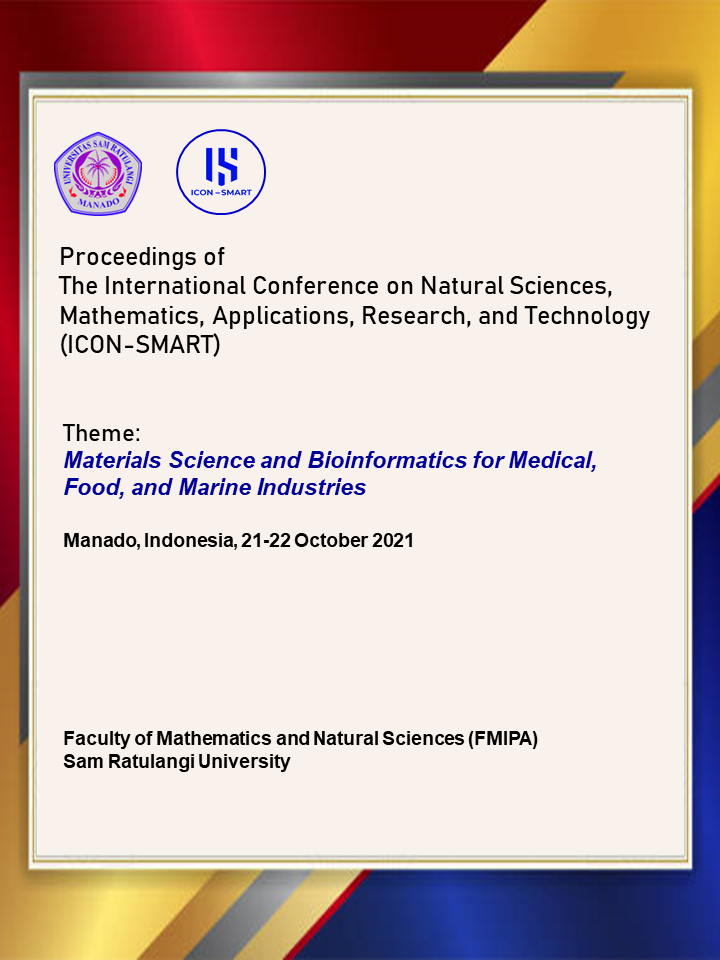Soybean Variety Identification System Using Fuzzy Tsukamoto and Case Based Reasoning
Abstract
This study identified various soybean varieties using the Fuzzy Tsukamoto method and Case Based Reasoning to determine the differences between soybean varieties. This research method uses the rules of the Expert System Developments Live Cycle which consists of several stages, namely defining problems, planning, system analysis, knowledge acquisition, knowledge base creation, knowledge validation, implementation, and testing. The purpose of this research is to identify soybean varieties using Fuzy Tsukamoto and Case Based Reasoning as information and knowledge for the community. In this study, the factors that influence the identification of soybean varieties are divided into several factors including: leaf shape, seed shape, feather color, seed color, seed size, and plant height. From the results of the identification of the characteristics of soybean varieties, the results of system identification with the results of the confusion matrix calculation show that the accuracy of varieties with the number of cases is 96.66%, the accuracy of positive predictions that are correctly identified is 96.66%, the correct positive accuracy is 100% and the accuracy of the identification inaccuracy with the number of all cases is 3.34, and the results of the system validation test with experts identified two types of varieties whose output results are not in accordance with the expert conclusions.Downloads
Published
2022-06-15
Issue
Section
Articles

